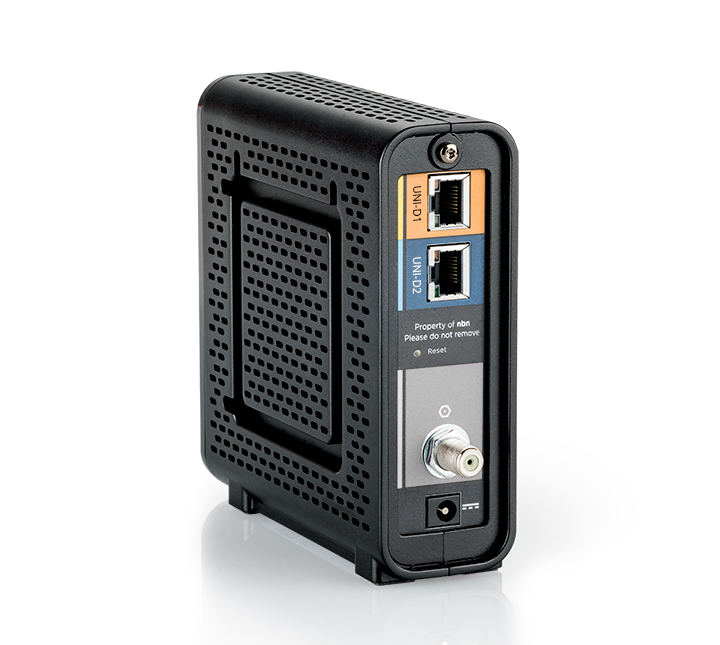In the heart of Australia’s ambitious National Broadband Network (nbn™) rollout lies a seemingly unassuming device: the nbn box. This small but powerful piece of technology is the gateway to a high-speed broadband connection, promising to transform the way Australians connect, communicate, and conduct their digital lives. In this comprehensive guide, we will unravel the intricacies of the nbn box, exploring its functions, types, installation, troubleshooting, and its role in shaping Australia’s digital future.
What is an nbn box?
An nbn box, also known as a Network Termination Device (NTD), is the physical point where the nbn™ network connects to your home or business premises. It acts as the bridge between the nbn™ infrastructure and your internal wiring, enabling you to access high-speed broadband services.
Types of nbn boxes

Depending on the type of nbn™ technology available in your area, you’ll be provided with a specific type of nbn box. Here’s a breakdown of the most common types:
- Fibre to the Premises (FTTP) NTD:
- This type of nbn box is used for FTTP connections, where the fiber-optic cable runs directly to your premises.
- It typically consists of two boxes:
- Utility Box (outside): Houses the fiber termination point and connects to the nbn™ network.
- Network Termination Device (inside): Located inside your premises, it connects to your modem/router and provides the internet connection.
- Fibre to the Node (FTTN) NTD:
- This nbn box is used for FTTN connections, where the fiber-optic cable terminates at a node in your neighborhood, and the remaining distance to your premises is covered by existing copper phone lines.
- It’s a single box located inside your premises, connecting to your modem/router and providing the internet connection.
- Fibre to the Curb (FTTC) NTD:
- This nbn box is similar to FTTN NTD, but the fiber-optic cable terminates at a distribution point closer to your premises, reducing the reliance on copper phone lines.
- It’s a single box located inside your premises, connecting to your modem/router.
- Hybrid Fibre Coaxial (HFC) NTD:
- This nbn box is used for HFC connections, where the nbn™ network utilizes the existing cable TV infrastructure.
- It’s a single box located inside your premises, connecting to your modem/router.
- Fixed Wireless NTD:
- This type of nbn box is used for fixed wireless connections, where the internet is delivered wirelessly from a nearby tower.
- It typically consists of an outdoor antenna and an indoor modem/router.
- Satellite NTD:
- This nbn box is used for satellite connections, where the internet is delivered via satellite.
- It consists of a satellite dish installed on your premises and an indoor modem/router.
Understanding nbn box Lights and Their Meanings
The lights on your nbn box can provide valuable information about its status and any potential issues. Here’s a general overview of what the different lights might indicate:
- Power Light: Indicates whether the nbn box is powered on.
- Optical Light: (FTTP only) Shows the status of the fiber-optic connection.
- DSL Light: (FTTN and FTTC only) Indicates the status of the DSL connection.
- Service Light: Shows whether the nbn™ service is active and available.
- LAN Lights: Indicate the connection status of devices connected to the nbn box via Ethernet cables.
- Internet Light: Shows whether the nbn box has established an internet connection.
If you’re experiencing issues with your nbn™ connection, checking the lights on your nbn box can help diagnose the problem. Refer to your provider’s documentation or website for specific information on the meaning of the lights on your particular nbn box model.
Installation of the nbn box
The installation process for your nbn box will depend on the type of nbn™ technology available in your area.
- FTTP: This typically involves an nbn™ technician installing both the external utility box and the internal NTD.
- FTTN, FTTC, and HFC: In these cases, the nbn box is usually installed inside your premises by a technician.
- Fixed Wireless and Satellite: For these connections, a technician will install the necessary outdoor antenna and indoor modem/router.
Troubleshooting Your nbn box
If you’re experiencing issues with your nbn™ connection, there are a few troubleshooting steps you can try before contacting your provider:
-
Check the Lights: As mentioned earlier, the lights on your nbn box can provide clues about the problem. Refer to your provider’s documentation for specific information.
-
Restart Your Equipment: Try turning off your nbn box, modem/router, and any connected devices for a few minutes, then turn them back on in the correct order.
-
Check Cables and Connections: Ensure all cables are securely connected to your nbn box, modem/router, and devices.
-
Isolate the Issue: If possible, try connecting a different device directly to your nbn box to see if the problem lies with your modem/router or a specific device.
-
Contact Your Provider: If the issue persists, contact your internet service provider’s technical support for further assistance.
The nbn box and the Future of Australian Broadband
The nbn box is a key component in Australia’s ambitious plan to provide high-speed broadband to all Australians. As the nbn™ rollout continues and technology advances, we can expect further improvements in speed, reliability, and features.
The nbn™ network is designed to be future-proof, capable of supporting evolving technologies and increasing bandwidth demands. This means that your nbn box will continue to be a crucial part of your internet experience for years to come.
Conclusion
The nbn box is your gateway to the digital world, enabling you to access high-speed broadband and enjoy the benefits of a connected lifestyle. By understanding its functions, types, installation, and troubleshooting, you can make the most of your nbn™ connection and stay connected to what matters most.